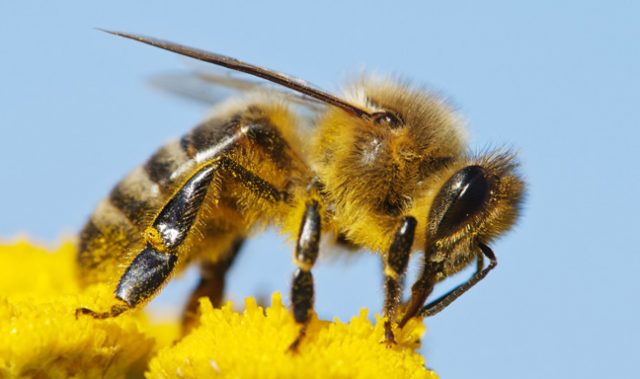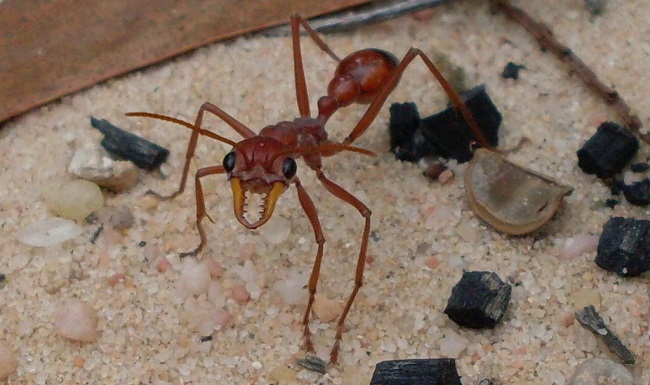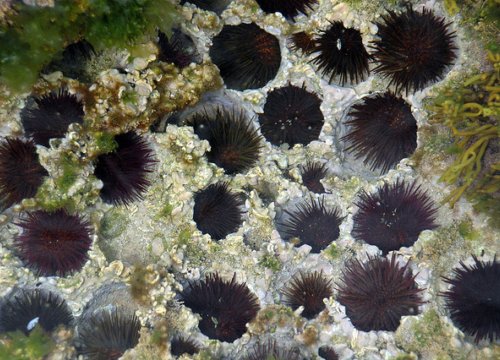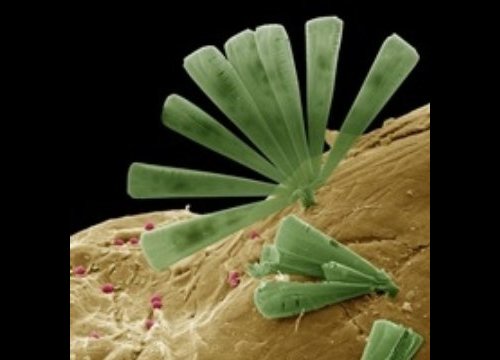
AsianScientist (Mar. 26, 2014) – Scientists have discovered a fish with an intriguing way to see in the dark – mirror-eyes. The findings have been published in the journal Proceedings of the Royal Society B.
The aptly named glasshead barreleye fish (Rhynchohyalus natalensis) has cylindrical eyes pointed upwards into the minimal sunlight filtering down, rather than forwards as in most animals. In addition, it also has mirror vision directed downwards and sideways, and is thus able to see a focused image by reflection rather than using a lens as most vertebrates (including humans) do. This mirror vision allows the fish, which live as much as half a kilometer under the sea, to see flashes of bioluminescent light in an otherwise dark world.
It is only the second vertebrate known to have mirror vision. The first, the brownsnout spookfish (Dolichopteryx longpipes), was also described by the lead author of the present study, adjunct professor Julian Partridge of The University of Western Australia’s School of Animal Biology.
In both fish, the mirrors extend the restricted visual field of their cylindrical eyes – and have ensured the animals’ survival for more than 35 million years. However, the mirrors in each fish appear to have evolved from different layers of retinal tissue, taking different paths to arrive at the same solution.
The barreleye fish’s mirrors are made of layers of two transparent substances stacked in such a way that they become reflective. When combined, the substances create a smooth silvery surface which bounces light onto the retina. The focus depends on the shape of this surface.
In contrast, the brownsnout spookfish’s mirrors are not smooth, but consist of plates of reflective crystals arranged in such a way as to focus light on the retina.
Scientists are excited about the discovery not only because it is unexpected to find a vertebrate with mirror vision, but it is even more remarkable to find two, with mirrors that are so different despite the fish belonging to the same family.
“This is a finding that not only shows the marvelous diversity of eye design, but also what an amazing and little-known place the deep-sea ocean is,” Professor Partridge said.
The article can be found at: Partridge et al. (2014) Reflecting optics in the diverticular eye of a deep-sea barreleye fish (Rhynchohyalus natalensis).
———
Source: University of Western Australia; Photo: D.A. Flynn, CSIRO.
Disclaimer: This article does not necessarily reflect the views of AsianScientist or its staff.












